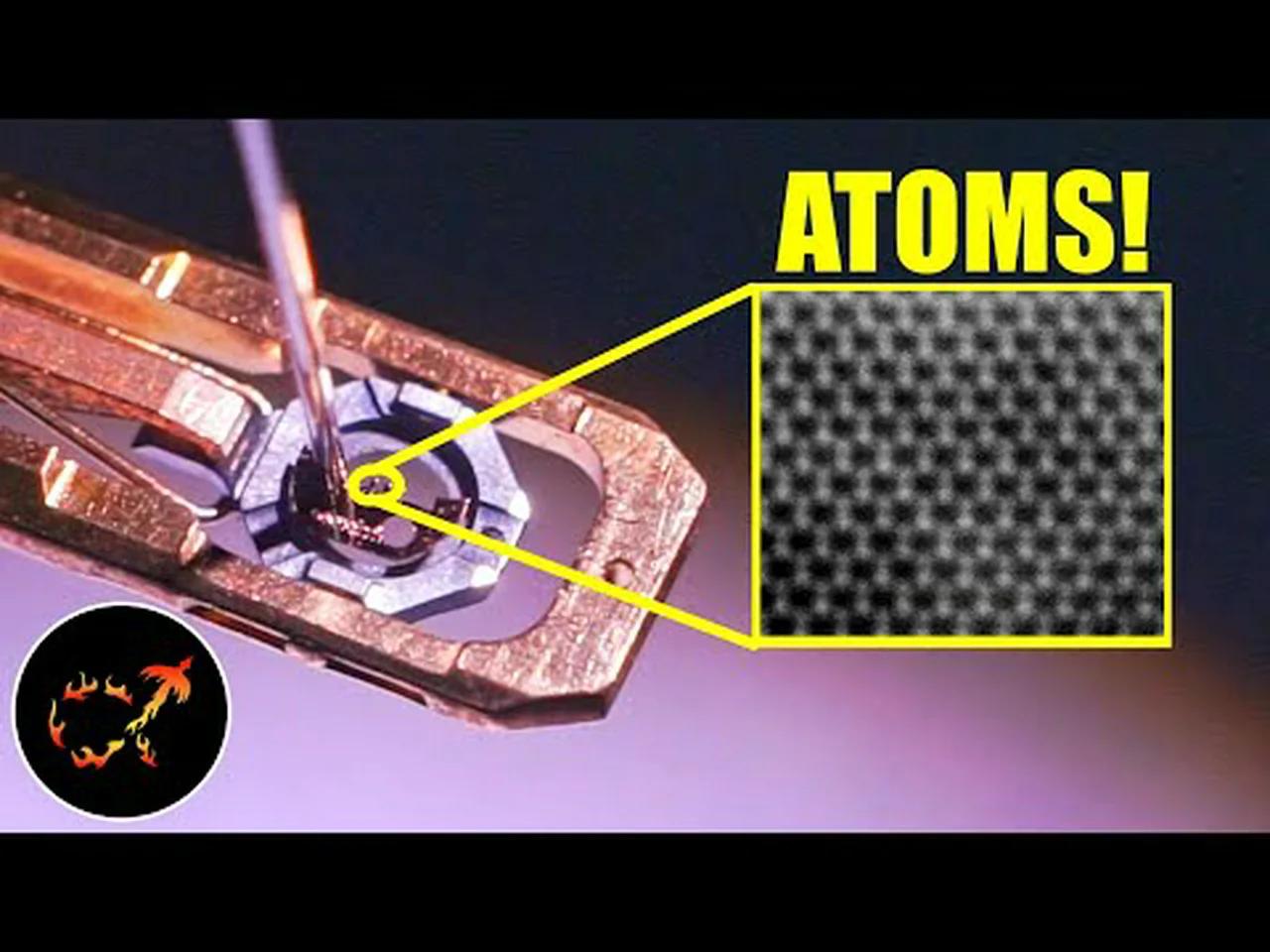When we ponder the fundamental building blocks of matter, the concept of atoms inevitably arises. But have you ever stopped to consider the mechanism through which these minuscule entities were unveiled to human understanding? What if I were to challenge you to pinpoint the specific instruments or apparatus that revolutionized our perception of the atomic world? Could it be the humble microscope or perhaps a sophisticated particle accelerator? In the annals of scientific history, the journey towards atom discovery encapsulates a myriad of innovations and philosophical ponderings.
The inquiry into the existence of atoms dates back to the ancient Greeks, where philosophical musings by luminaries such as Democritus and Leucippus laid the groundwork for atomic theory. They posited the notion that all matter is composed of indivisible units termed “atomos.” However, these contemplations lacked empirical substantiation until advancements in technology precipitated a renaissance in observational techniques.
The first significant leap toward visualizing atoms can be attributed to advancements in microscopy. The optical microscope, a staple of scientific investigation since the 17th century, opened new vistas for exploration. Yet, it became apparent that traditional light microscopy could not achieve the resolution necessary to observe individual atoms. The diffraction limit imposed by wave optics thwarted the endeavor of visualizing these diminutive structures. It wasn’t until the advent of electron microscopy in the 20th century that scientists could transcend the barriers imposed by light. By harnessing the short wavelengths of electrons, this innovative technique allowed for astonishing magnification and resolution, enabling researchers to glimpse the atomic realm with unprecedented clarity.
One of the hallmark inventions in this domain is the Scanning Tunneling Microscope (STM), which emerged in the 1980s. Invented by Gerd Binnig and Heinrich Rohrer, STM employs the principles of quantum tunneling to map surfaces at the atomic level. This device operates by scanning a conductive tip in close proximity to a surface, capturing variations in tunneling current that reveal the topography of the material. What sets it apart is its capacity not only to observe but also to manipulate individual atoms, thereby heralding a new era of atomic-scale engineering.
However, the journey towards understanding the atomic structure encompassed theoretical explorations as well. The realm of quantum mechanics, developed in the early 20th century, provided a framework for comprehending atomic behavior. Niels Bohr’s model of the hydrogen atom, which introduced the concept of quantized energy levels, paved the way for identifying the structure and properties of atoms. Although various models emerged, including the Schrödinger equation, the fundamental enigma persisted: how do we directly observe these atomic constituents?
The introduction of particle accelerators marked another significant era in the exploration of atomic constituents. These prodigious machines, such as the Large Hadron Collider (LHC), are engineered to propel charged particles at relativistic speeds, facilitating collisions that produce a veritable shower of particles. Within these high-energy interactions, scientists have dissected the atomic structure further, isolating subatomic particles like protons, neutrons, and electrons. The intricate dance of these components elucidates not only the construction of atoms but also the fundamental forces that govern their interactions.
A notable experiment that highlights the power of particle accelerators was the discovery of the Higgs boson in 2012 at the LHC. This groundbreaking revelation not only confirmed the existence of the elusive particle but also strengthened the Standard Model of particle physics, which delineates the fundamental particles and their interactions. Herein lies a paradox: while we strive to observe the foundational elements of matter, we rely on technologies that manipulate these constructs to do so. The LHC doesn’t merely unveil atoms; it excavates the very essence of reality, traversing from the scales of atoms to the universe itself.
In retrospect, the machines that have revolutionized atomic understanding range from optical microscopes to advanced particle colliders. The interplay between experimental techniques and theoretical frameworks has yielded a comprehensive narrative about atoms, their structure, and their interactions. Yet, while we revel in our current understanding, the question remains: will future innovations enable us to bridge the remaining gaps in our comprehension of the atomic and subatomic realms?
Thus, the journey into the atomic world is not merely the story of a single machine but a tapestry woven from various scientific revelations, insights, and instrumentation. Each device has contributed a unique thread to this narrative, from the primitive optical microscope that initiated the quest to the complex particle accelerators that continue to push the boundaries of exploration. Therein lies the beauty of science—a quest characterized by curiosity, innovation, and an enduring desire to fathom the intricacies of the universe at the most fundamental level. The narrative of atoms is as much about machines as it is about the evolution of human thought and the relentless pursuit of knowledge.
As we venture into an era where nanotechnology and quantum computing emerge as the vanguard of scientific progress, one can only speculate what the future holds. Will we discover entirely new particles, or will we refine our existing knowledge to create novel materials that alter our reality? As the journey unfolds, it is essential to keep the spirit of inquiry alive, as it is through these explorations that the cosmos reveals its secrets, one atom at a time.












